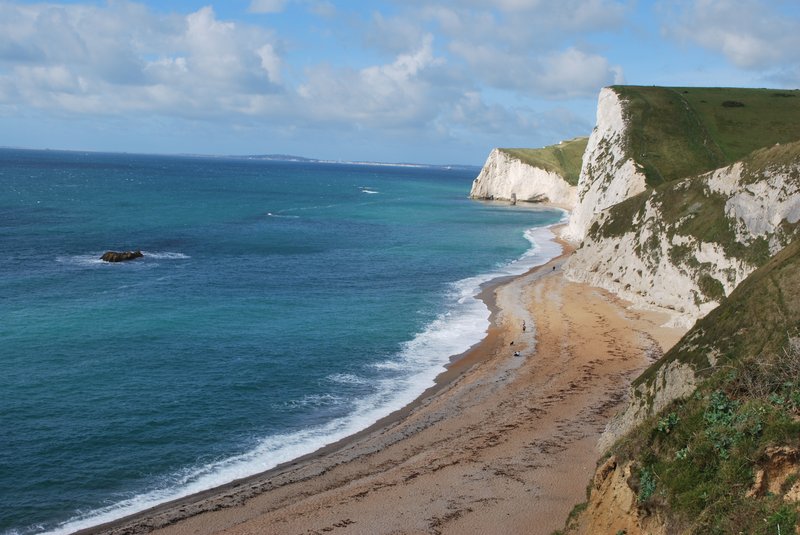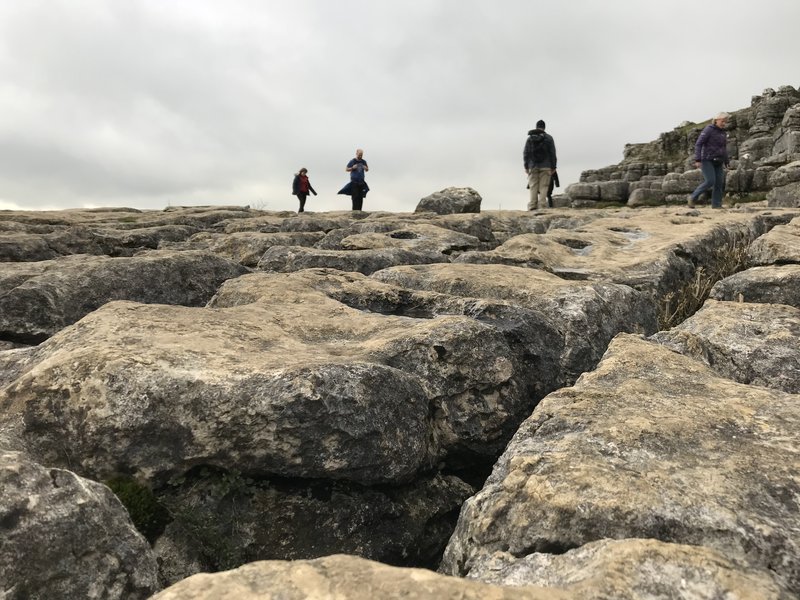Carbonate rocks form an important part of our natural environment. In tropical and sub-tropical regions, modern carbonate sediments form coral reefs that shelter shallow water lagoons that are critically important ecosystems as well as being economically important resources for fishing and tourism. In many countries, conditions are not right for coral reef growth, but carbonate rocks can still form a major part of the landscape. Some of the World’s largest mountains, such as the Alps and Canadian Rockies are composed of limestone and dolostone.

Outcrop of Cambrian aged limestone and dolostone, Canadian Rockies, Alberta, Canada
In China and the Far East, large cave networks provide a unique ecosystem for insects and small mammals, such as bats, as well as forming a unique angular topography known as tower karst.
In the UK, much of the natural scenery of our national parks and coastline are formed of carbonate rocks. In southern and eastern England, white Chalk cliffs form iconic coastal exposures in Dorset and Kent as well as Flamborough Head in Yorkshire.

Chalk cliffs at Durdle Door, Dorset, southern UK
In the White Peak of Derbyshire and the north Yorkshire moors, limestone pavements and caves forms much of the landscape along the Pennine Way. This region has a specific flora, adapted to the thin soil and the composition of the underlying Carboniferous limestone. In the south-west of England, the same Carboniferous rocks form Cheddar Gorge, a popular destination for walking, climbing and caving.

Limestone pavement in Carboniferous Limestone at Malham Cove, Yorkshire, UK